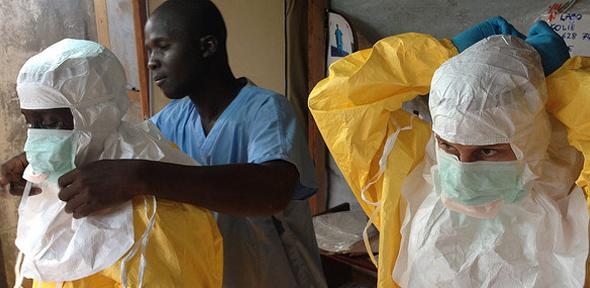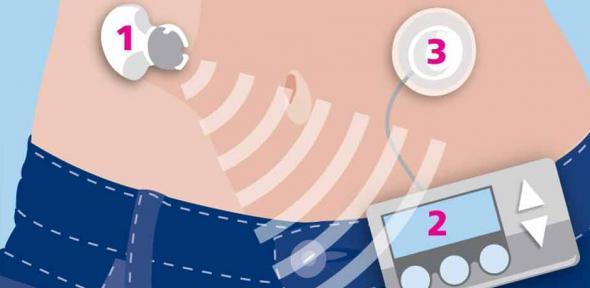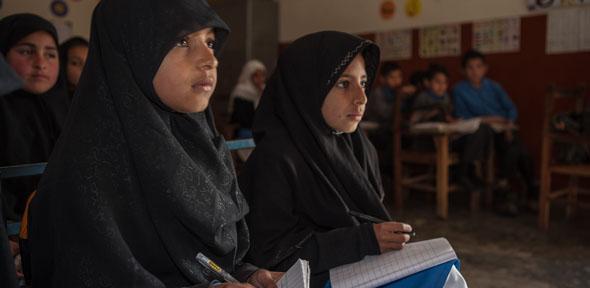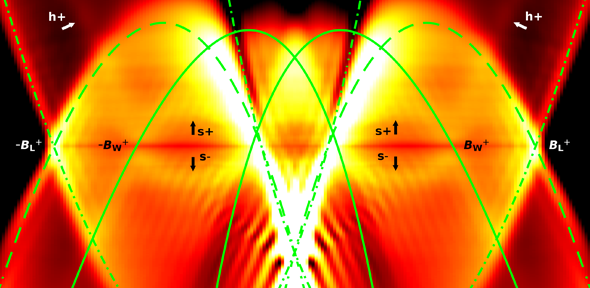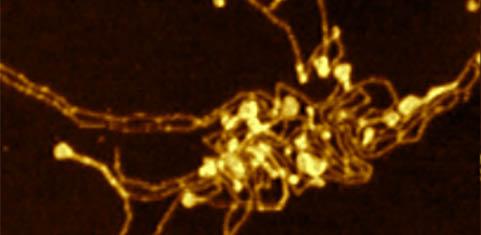
In a new study, a team of academics at the Centre for Misfolding Diseases, in the Department of Chemistry at the University of Cambridge, show that tiny changes in the amino acid sequence of the protein alpha-synuclein can have a dramatic effect on microscopic processes leading to its aggregation that may occur in the brain, eventually resulting in someone being diagnosed with Parkinson’s Disease.
Alpha-synuclein is a protein made up of 140 amino acids, and under normal circumstances plays an important part in helping with the smooth flow of chemical signals in the brain.
Parkinson’s Disease is thought to arise because, for reasons researchers still do not fully understand, the same protein sometimes malfunctions. Instead of adopting the specific structural form needed to do its job, it misfolds and begins to cluster, creating toxic, thread-like structures known as amyloid fibrils. In the case of Parkinson’s Disease, these protein deposits are referred to as Lewy-bodies.
The new study examined mutated forms of alpha-synuclein which have been found in people from families with a history of Parkinson’s Disease. In all cases, these mutations involved just one change to the protein’s amino acid sequence.
Although the differences in the sequence are small, the researchers found that they can have a profound effect on how quickly or slowly fibrils start to form. They also found that the mutations strongly influence a process called “secondary nucleation”, in which new fibrils are formed, in an auto-catalytic manner, at the surface of existing ones and thus enable the disease to spread.
The study stresses that these findings do not explain why humans get the disease. Parkinson’s Disease does not always emerge as a result of the mutations and has multiple, complex causes, which are not fully understood.
Patrick Flagmeier, a PhD student at St John’s College, University of Cambridge, and the study’s lead author, said: “As a finding, it helps us to understand fundamental things about the system by which this disease emerges. In the end, if we can understand all of this better, that can help us to develop therapeutic strategies to confront it. Our hope is that this study will contribute to the global effort towards comprehending why people with these mutations get the disease more frequently, or at a younger age.”
Although people who do not have mutated forms of alpha-synuclein can still develop Parkinson’s Disease, the five mutations studied by the research team were already known as “familial” variants – meaning that they recur in families where the disease has emerged, and seem to increase the likelihood of its onset.
What was not clear, until now, is why they have this effect. “We wanted to know how these specific changes in the protein’s sequence influence its behaviour as it aggregates into fibrils,” Flagmeier said.
To understand this, the researchers conducted lab tests in which they added each of the five mutated forms of alpha-synuclein, as well as a standard version of the protein, to samples simulating the initiation of fibril formation, their growth and their proliferation.
The first round of tests examined the initiation of aggregation, using artificial samples recreating conditions in which misfolded alpha-synuclein attaches itself to small structures that are present inside brain cells called lipid vesicles, and then begins to cluster.
The researchers then tested how the different versions of the protein influence the ability of pre-formed fibrils to extend and grow. Finally, they tested the impact of mutated proteins on secondary nucleation, in which, under specific conditions, the fibrils can multiply and start to spread.
Overall, the tests revealed that while the mutated forms of alpha-synuclein do not notably influence the fibril growth, they do have a dramatic effect on both the initial formation of the fibrils, and their secondary nucleation. Some of the mutated forms of the protein made these processes considerably faster, while others made it almost “undetectably slow”, according to the researchers’ report.
“We have only recently discovered the autocatalytic amplification process of alpha-synuclein fibrils, and the results of the present study will help us to understand in much more detail the mechanism behind this process, and in what ways it differs from the initial formation of aggregates.” said Dr. Alexander Buell, one of the senior authors on the study.
Why the mutations have this impact remains unclear, but the study opens the door to understanding this in detail by identifying, for the first time, that they have such a dramatic impact on very particular stages of the process.
Dr. Céline Galvagnion, another of the senior authors on the study, said: “This study quantitatively correlates individual changes in the amino acid sequence of alpha-synuclein with its tendency to aggregate. However, the effect of these mutations on other parameters such as the loss of the protein’s function and the efficiency of clearance of alpha-synuclein needs to be taken into account to fully understand the link between the familial mutations of alpha-synuclein and the onset of Parkinson’s Disease.”
“The effects we observed were changes of several orders of magnitude and it was unexpected to observe such dramatic effects from single-point mutations,” Flagmeier said. “It seems that these single-point mutations in the sequence of alpha-synuclein play an important role in influencing particular microscopic steps in the aggregation process that may lead to Parkinson’s Disease.”
The full study, which also involves Professors Chris Dobson and Tuomas Knowles, is published in the journal, Proceedings of the National Academy of Sciences.
Reference:
Flagmeier, P. et. al: Mutations associated with familial Parkinson’s disease alter the initiation and amplification steps of α-synuclein aggregation. PNAS (2016): DOI: 10.1073/pnas.1604645113
Specific mutations in the protein associated with Parkinson’s Disease, in which just one of its 140 building blocks is altered, can make a dramatic difference to processes which may lead to the condition’s onset, researchers have found.

The text in this work is licensed under a Creative Commons Attribution 4.0 International License. For image use please see separate credits above.

